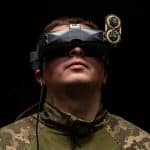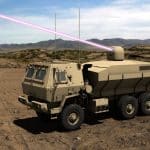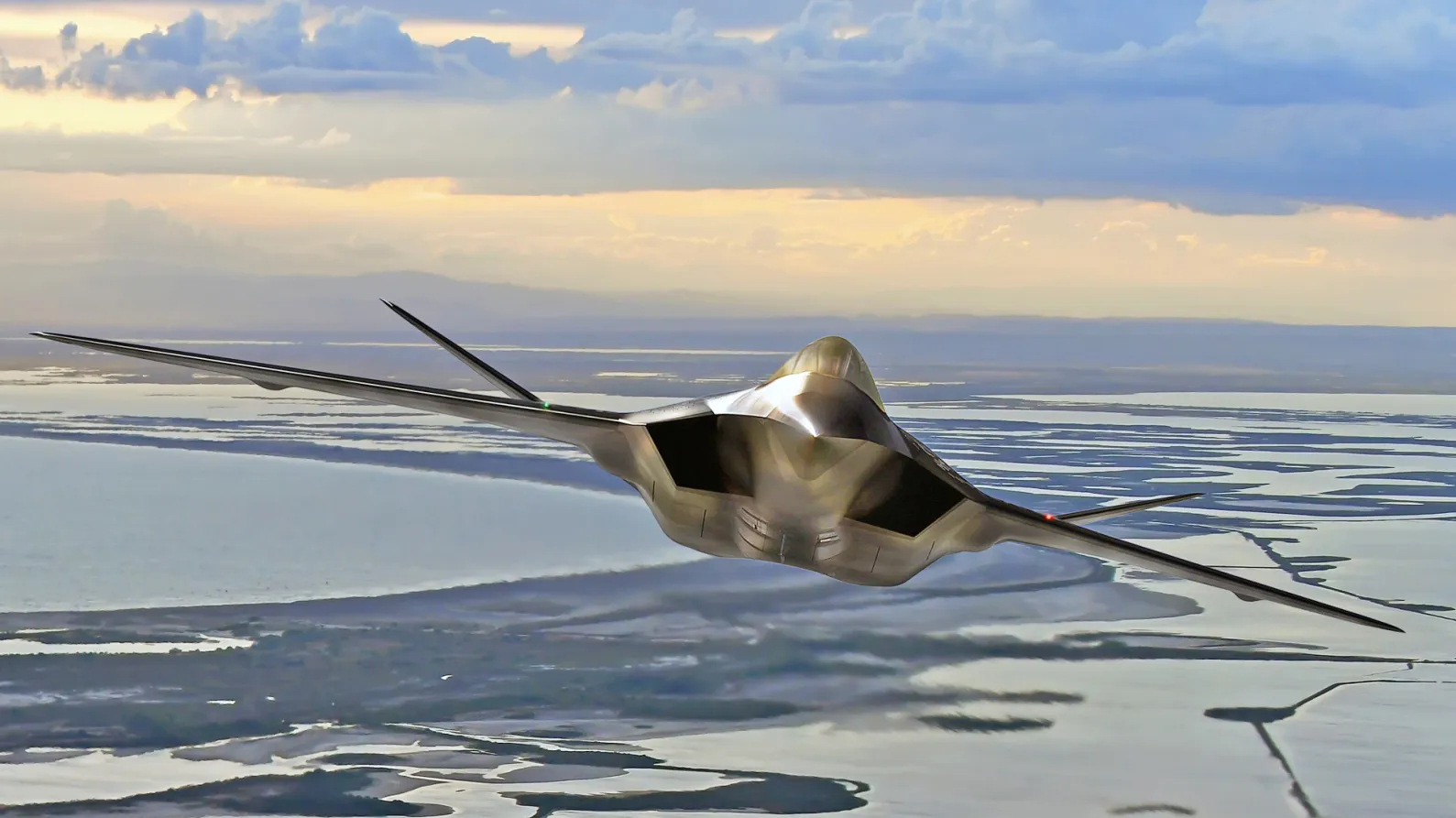An autonomous military drone is an unmanned aerial system capable of performing certain tasks autonomously, such as navigation or detection, but the firing decision is generally still validated by a human. These are known as intelligent armed drones or autonomous lethal systems (ALS).

Examples of autonomous military UAVs
🇺🇸 XQ-58A Valkyrie (USA)
The XQ-58A Valkyrie is a stealthy, autonomous drone designed to accompany fighters on combat missions. Operating as a loyal wingman, it can execute strikes, jam radars, or gather intelligence in coordination with piloted aircraft.

🇮🇱 IAI Harop
The IAI Harop is a suicide drone (loitering munition), capable of patrolling a target area before crashing into a detected target (such as radar).
It is semi-autonomous: it can locate and attack a target on its own, but also allows the operator to confirm the attack.
🇨🇳 WZ-8 and swarm drones
The WZ-8 drone designed to be launched from a bomber, also used for strategic surveillance missions. Fully autonomous during the mission, it follows a pre-programmed trajectory, collects data, then returns to its base for recovery.
Swarms drones cooperate thanks to on-board artificial intelligence algorithms. Each drone communicates with the others to share real-time information and make group decisions: coordinated assault, jamming, simultaneous reconnaissance.

🇹🇷 STM Kargu-2
The Kargu-2 is a small, four-rotor attack drone designed for precise strikes in difficult environments.
Capable of operating in autonomous swarms, it uses AI algorithms to cooperate with other drones, identifying and engaging targets.
Ethical and strategic debates
Autonomous military drones raise serious ethical, legal and safety issues.
Firstly, in the event of error or blunder, it is difficult to know who would bear responsibility: the designer, the operator, or the state?
Then there is the question of the legality of lethal firing without human validation: can we entrust a machine with the decision to kill? The risk of abuse, misuse or piracy by hostile actors makes these technologies even more sensitive.
Finally, an international debate is emerging: should autonomous weapons capable of killing without human intervention be totally banned, as was the case with certain chemical or biological weapons?
Several NGOs (such as Human Rights Watch) and scientists are calling for an international treaty on Lethal Autonomous Weapons (LAWS).
The major powers (USA, China, Russia, Israel, Turkey) are investing massively in this field, seeing autonomous drones as power multipliers with low cost and limited human risk.
Autonomous drones are redefining modern warfare: fast, accurate and unmanned, they offer a decisive strategic advantage. But their use also raises ethical and security challenges that call for urgent international regulation.





